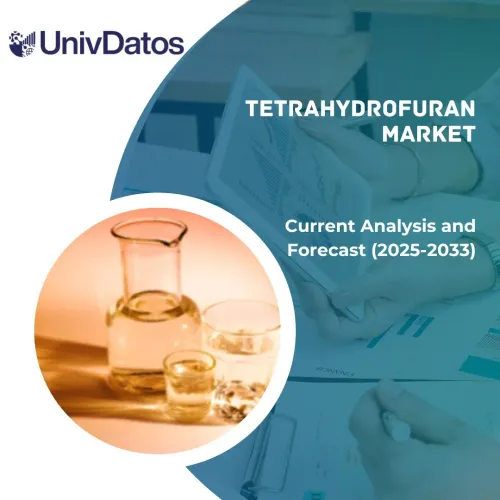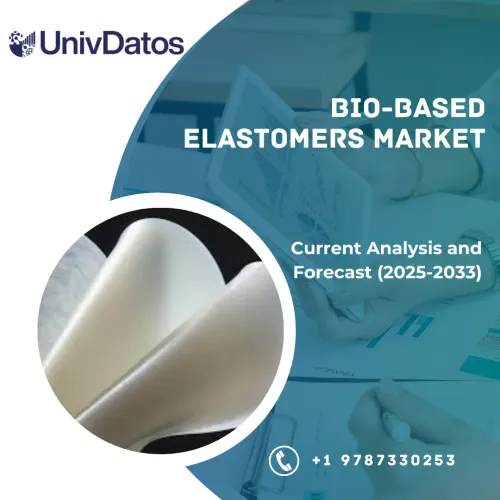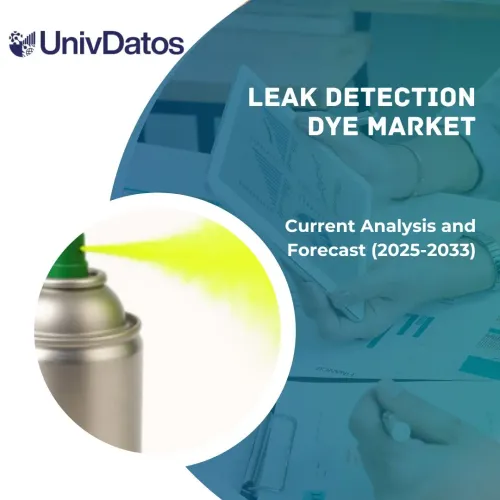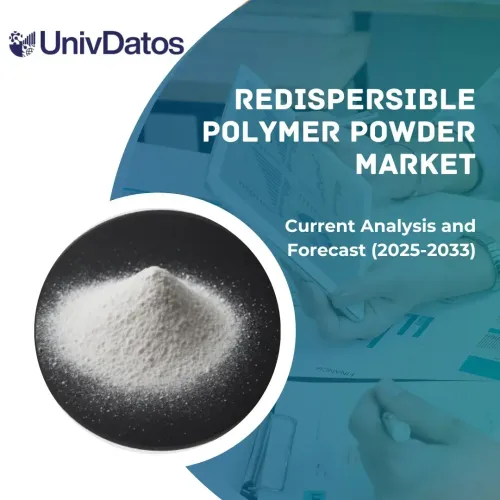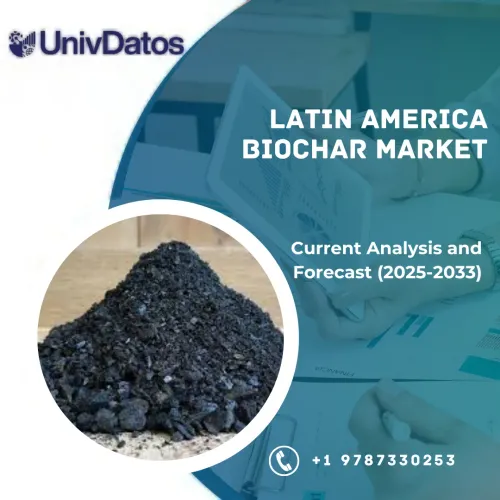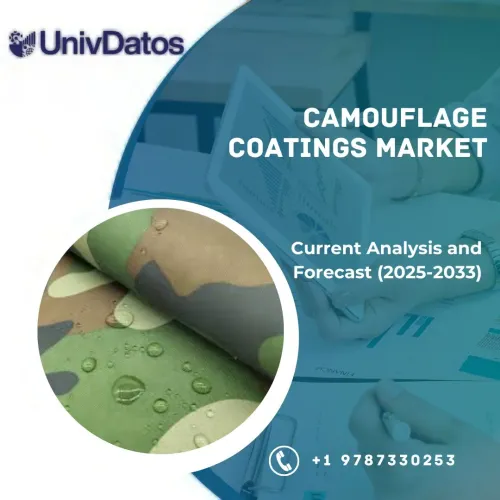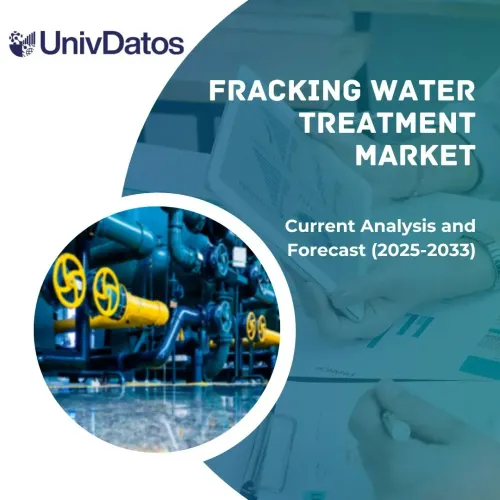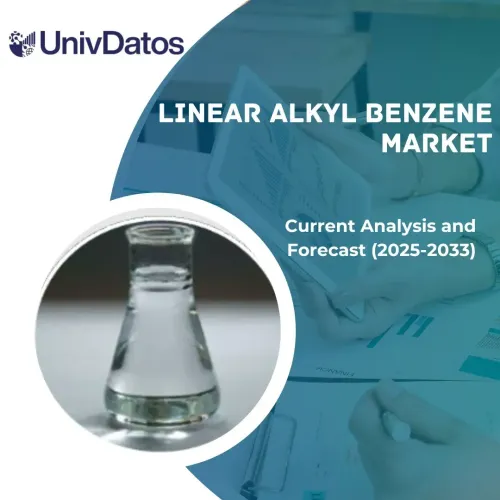- Inicio
- Acerca de nosotros
- Industria
- Servicios
- Leyendo
- Contáctenos
Mercado de Ingredientes Activos: Análisis Actual y Pronóstico (2022-2028)
Énfasis en el producto (agentes acondicionadores, filtros UV, agentes aclaradores de la piel, agentes antiedad, otros); aplicación (cuidado del cabello, cuidado de la piel, otros); y región/país
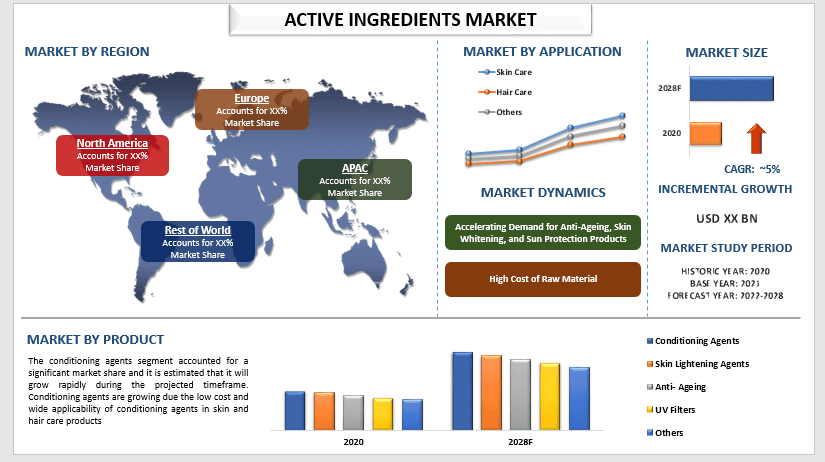
Se espera que el mercado de ingredientes activos registre una CAGR de aprox. 5% durante el período 2022-2028. Los ingredientes activos son los componentes de los productos que son responsables de los beneficios favorables que experimentan los clientes. La fabricación de agroquímicos, cosméticos y medicamentos utiliza con frecuencia compuestos activos. Las ceramidas, la niacinamida, el ácido hialurónico, el retinol, la hidroquinona y el ácido kójico, el ácido salicílico y el ácido alfa-hidroxilo son algunos de los productos químicos activos importantes que se utilizan en productos cosméticos y de cuidado personal, entre muchos más. La creciente demanda de ingredientes activos puede atribuirse al aumento de la demanda del producto antienvejecimiento por parte de la población de edad avanzada en todo el mundo. Por ejemplo, según la OCDE, en Estados Unidos, la población de edad avanzada aumentó del 15,61% en 2017 al 16,83% en 2021 con respecto a la población total. Debido a las estadísticas evidentes debido al aumento de la población de edad avanzada, la demanda de productos antienvejecimiento se impulsa en todo el mundo, lo que está generando una creciente demanda de ingredientes activos y contribuiría al crecimiento del mercado en el próximo período también. Además, se prevé que el mercado de ingredientes activos crezca debido al aumento de la demanda de productos de aseo para hombres, lo que está aumentando la demanda de productos para el cuidado de la piel y el cabello gracias al aumento de la demanda de ingredientes activos. Además, el aumento de la conciencia entre los consumidores sobre los buenos efectos de los productos de cuidado personal impulsa el crecimiento del mercado. Sin embargo, algunas de las restricciones en el mercado, incluidos los altos costos de las materias primas, están impidiendo el crecimiento de este mercado en todo el mundo.
Akzo Nobel NV, BASF SE, Ashland Inc, Seppic SA, Evonik Industries AG, Clariant AG, Lucas Meyer Cosmetics, Sederma Inc, Gattefosse, Lonza Group Ltd son algunos de los actores clave en el mercado. Estos actores han emprendido varias M&A junto con asociaciones para facilitar a los clientes productos/tecnologías innovadores y de alta tecnología.
Perspectivas presentadas en el informe
“Entre los productos, se espera que la categoría de agentes acondicionadores sea testigo de una CAGR considerable durante el período de pronóstico”
Según los productos, el mercado de ingredientes activos se segmenta en agentes acondicionadores, filtros UV, agentes para aclarar la piel, agentes antienvejecimiento y otros. El segmento de agentes acondicionadores representó una cuota de mercado significativa, y se estima que crecerá rápidamente durante el período de tiempo proyectado. Los agentes acondicionadores están creciendo debido al bajo costo y la amplia aplicabilidad de los agentes acondicionadores en productos para el cuidado de la piel y el cabello.
“Entre las aplicaciones, se espera que la categoría de cuidado de la piel sea testigo de una CAGR considerable durante el período de pronóstico”
Según las aplicaciones, el mercado se fragmenta en cuidado del cabello, cuidado de la piel y otros. El segmento del cuidado de la piel se apoderó de una cuota de mercado considerable, y se espera que crezca a una CAGR significativa durante el período de pronóstico. El cuidado de la piel se está utilizando cada vez más como un término que abarca una gama de productos que prometen ralentizar, pausar o revertir el envejecimiento. La creciente adopción de productos para el cuidado de la piel, como humectantes, productos antienvejecimiento y productos de aseo para hombres, también está impulsando el crecimiento del segmento.
“Europa será testigo de un crecimiento significativo durante el período de pronóstico”
Para una mejor comprensión de la dinámica del mercado de ingredientes activos, se realizó un análisis detallado para diferentes regiones de todo el mundo, incluyendo América del Norte (EE. UU., Canadá y el resto de América del Norte), Europa (Alemania, Francia, España, Reino Unido, Italia y el resto de Europa), Asia-Pacífico (China, India, Australia, Japón y el resto de APAC), se ha llevado a cabo el resto del mundo. Europa constituye un mercado importante para la industria de ingredientes activos debido a la creciente frecuencia de enfermedades crónicas prevenibles, el mayor enfoque del gobierno en los medicamentos genéricos, el mayor enfoque del gobierno en los medicamentos genéricos y la creciente demanda de la sección de cosméticos y productos para el cuidado de la piel en esta región.
Razones para comprar este informe:
- El estudio incluye un análisis de tamaño y pronóstico del mercado validado por expertos clave autenticados de la industria.
- El informe presenta una revisión rápida del rendimiento general de la industria de un vistazo.
- El informe cubre un análisis en profundidad de los pares prominentes de la industria con un enfoque principal en las finanzas comerciales clave, la cartera de productos, las estrategias de expansión y los desarrollos recientes.
- Examen detallado de los impulsores, las restricciones, las tendencias clave y las oportunidades que prevalecen en la industria.
- El estudio cubre exhaustivamente el mercado a través de diferentes segmentos.
- Análisis profundo a nivel regional de la industria.
Opciones de personalización:
El mercado global de ingredientes activos se puede personalizar aún más según los requisitos o cualquier otro segmento de mercado. Además de esto, UMI entiende que puede tener sus propias necesidades comerciales, por lo tanto, no dude en conectarse con nosotros para obtener un informe que se adapte completamente a sus requisitos.
Tabla de contenido
Metodología de Investigación para el Análisis del Mercado Global de Ingredientes Activos (2022-2028)
El análisis del mercado histórico, la estimación del mercado actual y la previsión del mercado futuro del mercado mundial de ingredientes activos fueron los tres pasos principales que se llevaron a cabo para crear y analizar la adopción de ingredientes activos en las principales regiones a nivel mundial. Se realizó una exhaustiva investigación secundaria para recopilar las cifras históricas del mercado y estimar el tamaño del mercado actual. En segundo lugar, para validar estos conocimientos, se tomaron en consideración numerosos hallazgos y supuestos. Además, también se realizaron exhaustivas entrevistas primarias con expertos de la industria en toda la cadena de valor del mercado mundial de ingredientes activos. Tras la suposición y la validación de las cifras del mercado a través de entrevistas primarias, empleamos un enfoque de arriba hacia abajo/de abajo hacia arriba para pronosticar el tamaño total del mercado. Posteriormente, se adoptaron métodos de desglose del mercado y triangulación de datos para estimar y analizar el tamaño del mercado de los segmentos y subsegmentos a los que pertenece la industria. La metodología detallada se explica a continuación:
Análisis del Tamaño Histórico del Mercado
Paso 1: Estudio Detallado de Fuentes Secundarias:
Se llevó a cabo un estudio secundario detallado para obtener el tamaño histórico del mercado de ingredientes activos a través de fuentes internas de la empresa, como informes anuales y estados financieros, presentaciones de rendimiento, comunicados de prensa, etc., y fuentes externas, incluyendo revistas, noticias y artículos, publicaciones gubernamentales, publicaciones de la competencia, informes del sector, bases de datos de terceros y otras publicaciones creíbles.
Paso 2: Segmentación del Mercado:
Después de obtener el tamaño histórico del mercado de ingredientes activos, llevamos a cabo un análisis secundario detallado para recopilar información histórica del mercado y compartirla para diferentes segmentos y subsegmentos de las principales regiones. Los principales segmentos incluidos en el informe son el producto y las aplicaciones. Además, se realizaron análisis a nivel de país para evaluar la adopción general de modelos de prueba en esa región.
Paso 3: Análisis de Factores:
Después de adquirir el tamaño histórico del mercado de diferentes segmentos y subsegmentos, llevamos a cabo un análisis de factores detallado para estimar el tamaño actual del mercado de ingredientes activos. Además, realizamos un análisis de factores utilizando variables dependientes e independientes, como el aumento de la demanda de productos antienvejecimiento por parte de la población de edad avanzada, etc. a nivel mundial. Se llevó a cabo un análisis exhaustivo de los escenarios de demanda y oferta teniendo en cuenta las principales asociaciones, fusiones y adquisiciones, la expansión empresarial y los lanzamientos de productos en el sector del mercado de ingredientes activos en todo el mundo.
Estimación y Previsión del Tamaño Actual del Mercado
Tamaño Actual del Mercado: Basándonos en la información práctica de los 3 pasos anteriores, llegamos al tamaño actual del mercado, a los actores clave en el mercado mundial de ingredientes activos y a las cuotas de mercado de los segmentos. Todos los porcentajes de participación requeridos y los desgloses del mercado se determinaron utilizando el enfoque secundario mencionado anteriormente y se verificaron mediante entrevistas primarias.
Estimación y Previsión: Para la estimación y previsión del mercado, se asignaron ponderaciones a diferentes factores, incluyendo los impulsores y las tendencias, las restricciones y las oportunidades disponibles para las partes interesadas. Después de analizar estos factores, se aplicaron las técnicas de previsión pertinentes, es decir, el enfoque de arriba hacia abajo/de abajo hacia arriba, para llegar a la previsión del mercado alrededor de 2028 para diferentes segmentos y subsegmentos en los principales mercados a nivel mundial. La metodología de investigación adoptada para estimar el tamaño del mercado abarca:
- El tamaño del mercado de la industria, en términos de ingresos (USD) y la tasa de adopción del mercado de ingredientes activos en los principales mercados nacionales
- Todos los porcentajes de participación, divisiones y desgloses de los segmentos y subsegmentos del mercado
- Actores clave en el mercado mundial de ingredientes activos en términos de soluciones ofrecidas. Además, las estrategias de crecimiento adoptadas por estos actores para competir en el mercado de rápido crecimiento
Validación del Tamaño y la Cuota del Mercado
Investigación Primaria: Se realizaron entrevistas en profundidad con los Líderes de Opinión Clave (KOL) incluyendo a los Ejecutivos de Alto Nivel (CXO/VPs, Jefe de Ventas, Jefe de Marketing, Jefe de Operaciones, y Jefe Regional, Jefe de País, etc.) en las principales regiones. Los resultados de la investigación primaria se resumieron y se realizó un análisis estadístico para probar la hipótesis establecida. Los datos de la investigación primaria se consolidaron con los resultados secundarios, convirtiendo así la información en conocimientos prácticos.
División de los Participantes Primarios en Diferentes Regiones
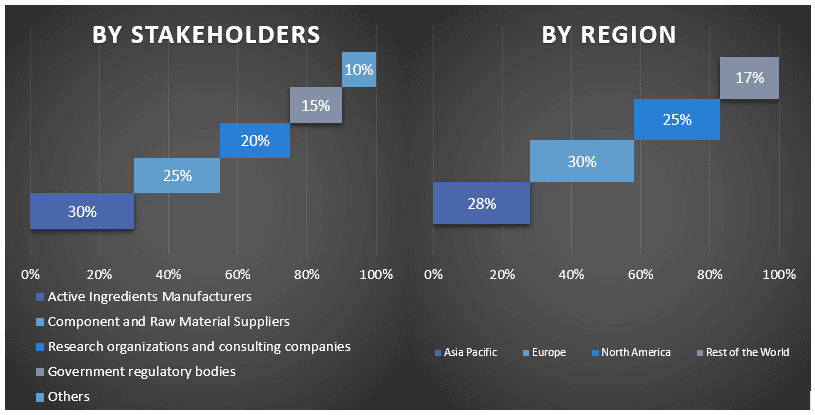
Ingeniería del Mercado
Se empleó la técnica de triangulación de datos para completar la estimación general del mercado y para llegar a cifras estadísticas precisas de cada segmento y subsegmento del mercado mundial de ingredientes activos. Los datos se dividieron en varios segmentos y subsegmentos después de estudiar diversos parámetros y tendencias en las áreas de producto y aplicaciones en el mercado mundial de ingredientes activos.
El objetivo principal del Estudio del Mercado Global de Ingredientes Activos
Las tendencias actuales y futuras del mercado mundial de ingredientes activos se señalaron en el estudio. Los inversores pueden obtener información estratégica para basar su discreción para las inversiones en el análisis cualitativo y cuantitativo realizado en el estudio. Las tendencias actuales y futuras del mercado determinaron el atractivo general del mercado a nivel regional, proporcionando una plataforma para que el participante industrial explote el mercado sin explotar para beneficiarse como una ventaja de ser el primero en actuar. Otros objetivos cuantitativos de los estudios incluyen:
- Analizar el tamaño actual y previsto del mercado de ingredientes activos en términos de Valor (USD). Además, analizar el tamaño actual y previsto del mercado de diferentes segmentos y subsegmentos
- Los segmentos del estudio incluyen áreas de producto y aplicaciones.
- Definir y analizar el marco regulatorio para la industria del mercado de ingredientes activos.
- Analizar la cadena de valor involucrada con la presencia de varios intermediarios, junto con el análisis de los comportamientos de los clientes y competidores de la industria.
- Analizar el tamaño actual y previsto del mercado de ingredientes activos para la principal región.
- Los principales países de las regiones estudiadas en el informe incluyen Asia Pacífico, Europa, América del Norte y el Resto del mundo.
- Perfiles de las empresas del mercado de ingredientes activos y las estrategias de crecimiento adoptadas por los actores del mercado para mantenerse en el mercado de rápido crecimiento
- Análisis regional profundo de la industria
Relacionados Informes
Los clientes que compraron este artículo también compraron

